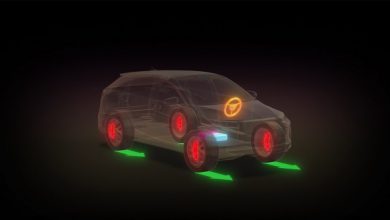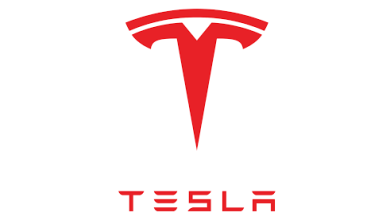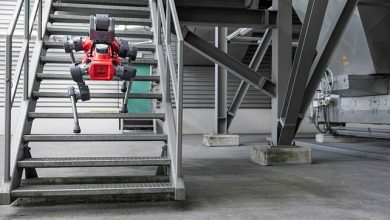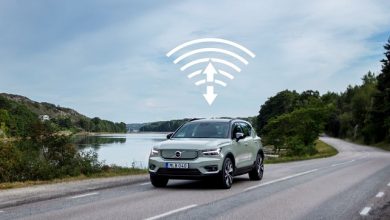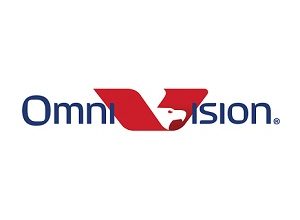TIER IV launches commercial autonomous driving software platforms for multiple operational design domains
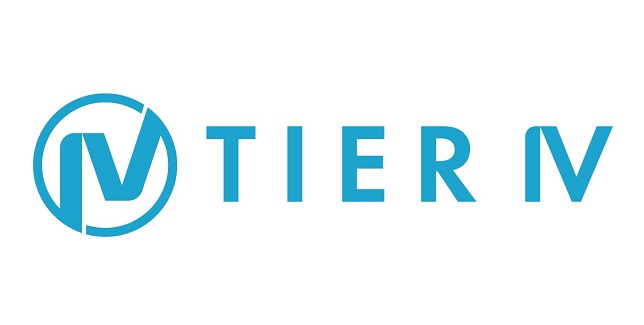
TIER IV, an open source autonomous driving startup, announced that it has launched commercial autonomous driving software platforms “Pilot.Auto” and “Web.Auto“, which offer a range of support from development to operation of customers’ autonomous driving systems. These platforms can be used in multiple operational design domains (ODD) including closed spaces with restricted traffic and pedestrian-vehicle mixed traffic in urban areas.
Pilot.Auto is an autonomous driving software platform based on “Autoware*1“, an open-source software (OSS) for autonomous driving whose development is led by TIER IV. Pilot.Auto enables partners to achieve their own autonomous driving goals in accordance with TIER IV’s proprietary reference design specifications.
Web.Auto, on the other hand, is a development and operation (DevOps*2) software platform for expanding and improving Pilot.Auto in order to meet individual requirements specified by partners’ systems.
These platforms enable partners to significantly reduce development costs of their desired autonomous driving system and shorten time to market.
Features of Pilot.Auto and Web.Auto
Pilot.Auto provides the following functions for the implementation of autonomous driving systems by customers in their respective communities.
- Customization of software: Offers customization including the addition and expansion of functions to meet the function and performance requirements for individual use cases and ODD. Pilot.Auto performs evaluations of new functions so that customers can respond to specific requirements within a short time.
- Integration of software with the target vehicle systems (vehicle construction): Incorporates Autoware-based autonomous driving systems into a wide range of autonomous vehicles by utilizing TIER IV’s proprietary tools.
- Adaptation of software to the target driving environments: Offers tuning and verification to ensure safe and comfortable driving in accordance with specific use cases and ODD.
- Maintenance for the customized, integrated, and adapted software: Provides regular inspection of entire systems including vehicles and software and over-the-air (OTA) software updates.
Reference designs currently provided by TIER IV
Pilot.Auto currently provides five variants of the reference designs. Each reference design defines the functions and performance requirements that are essential for specific use cases and ODD, and Pilot.Auto is equipped with the basic software and hardware designs to meet those requirements. The reference designs provided by TIER IV play the role of a “starting point”, so to speak, for the development of autonomous driving systems for our partners, and can significantly reduce the cost and lead time required for the development and operation of autonomous vehicles.
- Cargo Transport: Use case designed for low-speed autonomous transport in enclosed and confined spaces, such as factories.
- Shuttle Bus: Use case designed for passenger transport (bus) in confined and mixed spaces, such as parks and streets.
- Robo-Taxi: Use case designed for passenger transport (taxi) in urban and other areas as part of transportation improvement plans.
- Personal Car: Use case designed for advanced driver assistance systems in spaces dedicated to autonomous driving, such as on highways.
- Delivery Robot: Use case designed for last-mile delivery in a mixed space such as a residential road.
Web.Auto is a cloud-native, edge-intensive DevOps software platform that is essential for the development and safe operation of autonomous driving systems. Web.Auto is configured with development platform tools, (e.g., autonomous driving simulators, CI/CD*3 data pipeline), which are required to develop autonomous driving systems efficiently and effectively, as well as operation platform tools (e.g., fleet management system (FMS) and remote monitoring system that can be integrated with applications provided by a third party), which are required for safe operation and maintenance of vehicles equipped with autonomous driving systems.
Please refer to TIER IV’s website for the examples of platform development and application of each reference design.
Technology roadmap
TIER IV has formulated a roadmap to develop Pilot.Auto and Web.Auto for the application of the five reference designs.
- End of 2023: Regarding the Cargo Transport, TIER IV plans to increase functionality to Level 4 autonomy in closed and confined spaces such as factories, airports, and theme parks.
- End of 2025: Regarding the Shuttle Bus, TIER IV plans to implement its reference designs for Level 4 autonomous vehicles in local cities and implement it in more than 40 locations throughout Japan. As for the Cargo Transport, TIER IV plans to launch the application of its reference designs overseas, in addition to providing Level 3 functionality for the Personal Car.
- End of 2028: Regarding the Shuttle Bus, Robo-Taxi, and Personal Car, TIER IV plans to realize functions of its reference designs for Level 4 autonomous vehicles even in major urban areas. As for the Shuttle Bus, TIER IV plans to push forward with the application of its reference designs for Level 4 autonomous vehicles overseas.
- Around 2030: TIER IV plans to be compatible with major driving environments in Japan and overseas for each reference design.
TIER IV aims to improve customers’ autonomous driving development capabilities by offering Pilot.Auto and Web.Auto, which are end-to-end solutions for entire processes ranging from development to vehicle construction, adaptation, evaluation, and operation.
TIER IV intends to continue to provide autonomous driving software platforms to the market and form an ecosystem where any organization or individual can work on the development of autonomous driving technologies and service operations, thereby contributing to the realization of a safe and secure society through autonomous driving.
*1 Autoware is a registered trademark of the Autoware Foundation.
*2 DevOps is the acronym for “development” and “operations.” DevOps is used to build a system that enables close collaboration between a software development group and an installation/operation group so that software installation and updates can be carried out speedily.
*3 CI/CD is the acronym for “continuous integration” and “continuous delivery.” CI/CD refers to methods used for automating software building and testing, delivery, and deployment processes in software development and for continuously performing these tasks.

